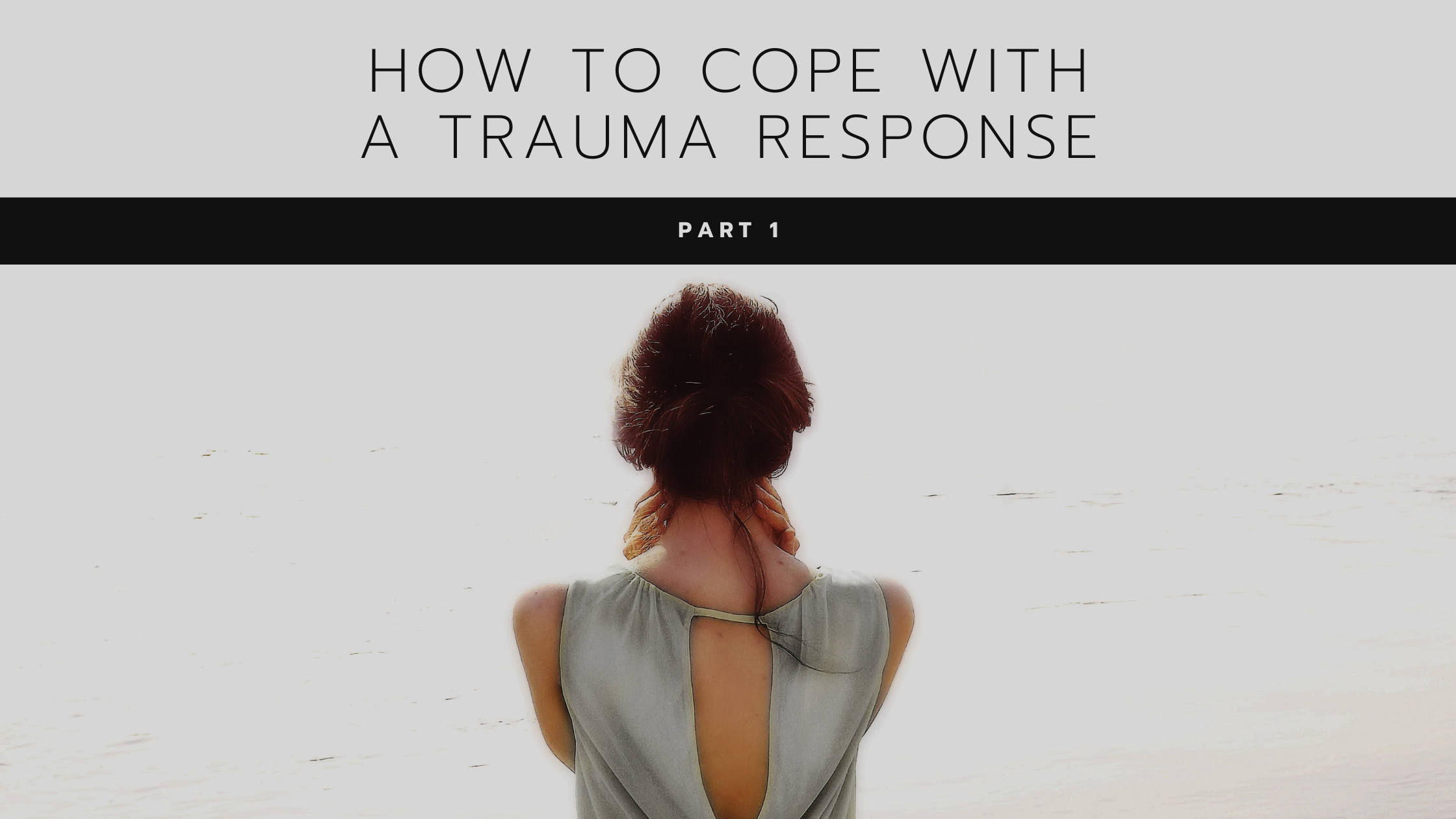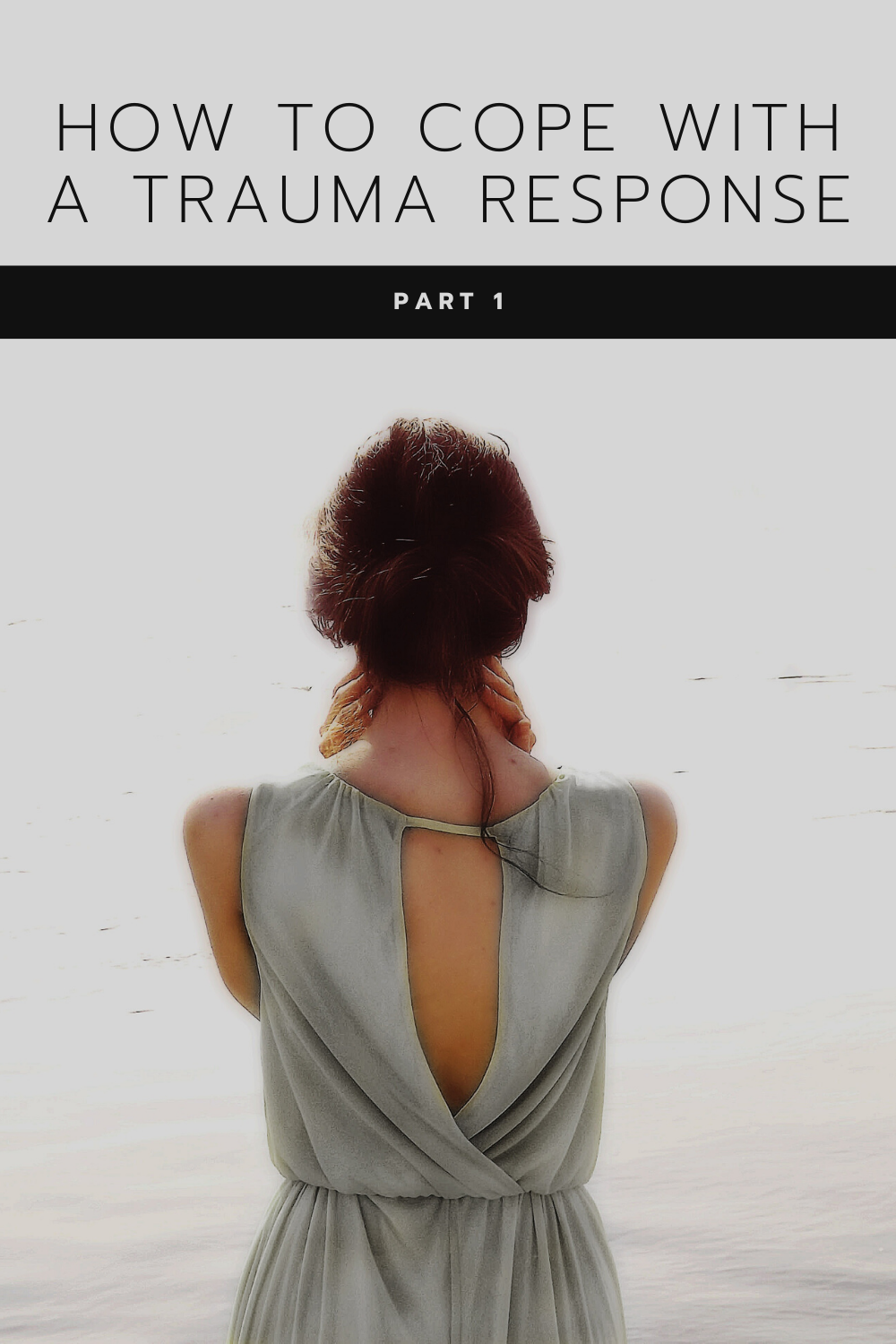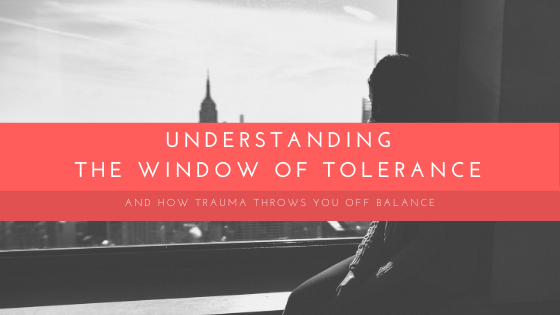Imagine with me that you’ve been in therapy for a while. You’ve been addressing the faulty thinking patterns of shame and self-doubt that led you into depression. Or you’ve been working through panic and crippling fear that propelled you into treatment for anxiety. Perhaps addiction and its lasting effects on you and your family led you to seek counseling, and you’re beginning to experience healing. Or you’ve learned strategies to cope with some of the worst of your chronic pain.
Yet, in spite of these gains you’ve been making, you find that you still get stuck. Whether you wish you could just make the anxiety go away, or you are hit with triggers of addiction at the most inopportune times, the lasting impact of these experiences might never disappear. You wonder to yourself, “will I ever just be happy and not have to deal with this anymore?”
Enter the game-changing principles of acceptance and commitment therapy, or ACT. ACT is based around the concept of psychological flexibility: an openness to your present experience that allows you to adapt your response to any circumstance in service of your personal values. Rather than attempting to change or eliminate negative thoughts or alter emotions, ACT focuses on utilizing mindfulness to recognize and separate who we are from our negative internal experiences (acceptance) and focus instead on implementing value-based actions (commitment). It acknowledges that suffering is a universal and inevitable reality, and the goal of “being happy” isn’t always realistic to life.
Often where we get stuck in our work through varied mental health and life struggles is wishing they would disappear entirely. But when that is not an option, ACT provides another path that can enrich and deepen your life.
In this series, we’ll be covering the six components of psychological flexibility that make up the foundation of ACT. These include contact with the present moment, acceptance, defusion, values, self as context, and committed action.
Contact with the Present Moment
Consider the thoughts you’ve had in the past hour. How many of them have been about something that’s coming up in the future? What about past experiences and events? Or have any of them been focused on what’s happening right now?
The majority of our thoughts are focused on recalling past events or planning for the future, rather than being in the present. Therefore, we don’t accurately observe what we’re experiencing in the moment. Our lack of connection to present experience causes us to feel confused when we react in a way we don’t expect to certain situations. We don’t often understand the cause and effect of our actions because we are distracted by our thoughts.
Contact with the present moment requires you to “be here now.” Be present with your thoughts. Be aware of what is happening in your body. Notice the sensations you feel, the ways in which your five senses are interacting with the world around you. Be conscious of your emotional landscape. In essence, this component invites you to bring attention to your current experience without the filter of your thoughts and judgments.
Principles
Nonjudgmental awareness
What does it mean to bring attention to your experience without a filter? It requires you to contextualize your emotions, sensations, thoughts, and urges as data of which to take note, rather than interpreting those events with certain labels or assumptions.
We tend toward these judgments naturally. Have you ever had thoughts like, “This is bad,” “I am stupid,” or “That would be perfect”? Most commonly, we label things as “good” or “bad.” For example, you might feel excitement about an upcoming event and label that experience as “good,” but fear about driving through rush hour traffic is labeled as “bad.” On the way, a car could cut you off in traffic, and you automatically have a negative thought about someone else, label the thought as “bad,” and become angry with yourself for having that thought.
Instead of jumping to judge, this component encourages you to approach those thoughts and emotions differently. Notice what happens and occurs in your body instead of instantly moving to label or assume something about yourself or someone else.
Let go of the “why”
We often seek to make meaning out of our experiences, whether consciously or not. We have a natural tendency to try to figure out why things work the way we do, including our minds and our bodies. However, that can sometimes backfire and prove unhelpful, particularly in situations that have many factors outside of your control.
Attempting to find the meaning behind an accident or sudden death can keep you stuck in pain much longer than is needed. Similarly, wondering why you’ve been hit with chronic pain or illness simply intensifies the experience. Staying with the present moment and experience without venturing into the “why” of it is another way to prevent losing contact with the present.
Mindfulness as an access point
Mindful awareness in ACT is intended to help you come to know and understand yourself more fully. The purpose of mindfulness here, moreso than relaxation, is to recognize our minds, feelings, urges, body sensations, and experiences in a way that helps us come to terms with our reality. Mindfulness is not emptying the mind, controlling the mind, or focusing concentration. Mindfulness can happen even if you aren’t sitting still or you struggle to focus on your body. Any moment can provide an opportunity to check in and become more aware of your internal landscape.
There is no right or wrong way to approach mindfulness. In fact, the way in which we approach mindful awareness can often teach us something about how we are living our lives and the challenges we experience. Have trouble connecting with your body? That’s a piece of data you can take away and learn about yourself. Find yourself falling asleep when you try to do a mindful breathing exercise? That could hint at some clues about your pace of life or your needs for sleep. Let the process of mindfulness be another source of learning about yourself.
Practices
Create intentional space for mindful awareness
In your busy day, you might find it difficult to devote an extended period of time to a guided meditation or mindfulness exercise. Instead, look for opportunities to create a moment or two where you pay attention to your thoughts, emotions, and experiences in the present moment in a different manner than you would normally. I’ve written previous articles about quick meditations or simple grounding exercises that may provide helpful strategies or ideas to implement this.
Use formal or informal practice
You might be someone who is well served by setting aside a specific time each day for a mindfulness meditation or grounding exercise, like those listed in the article above. If that describes you, find a time in your day where you can slot 10-15 minutes to sit quietly, breathe, and bring awareness to your internal experience. Meditation apps like Headspace or Calm may help you if guidance would feel supportive.
But what if you don’t have the time to set aside for mindfulness meditation? Remember what we discussed earlier – you can be mindful at any moment throughout your day. Bring awareness to the warm water on your hands and the smell of dish soap as you wash the dishes. Notice the thoughts that are running through your mind while you’re out for a walk. Pay attention to the feelings that arise in you while you’re having a conversation with your spouse or a friend. Any moment can be a mindful moment if you choose to bring present awareness to your thoughts, emotions, sensations, and urges.
Build in a daily pause
Create a time each day where you can slow down and observe or describe your experiences. This might be first thing in the morning before you hop out of bed or as you prepare to fall asleep. You may want to set an alarm for some point during the day as a reminder to check in with your internal experience. Focus on what’s happening, rather than interpreting what is happening through a label of judgment. What’s more important for you is the growing awareness of what is happening internally, not the mind’s interpretation of what is happening.
Make it work for you
Don’t allow someone to tell you, “you need to meditate every day for 15 minutes or else you’re doing it wrong.” As mentioned earlier, there is no right or wrong way to be mindful! Adapt what works for your circumstances at this point in your life. Allow for flexibility as you seek to connect more with the present moment, and let go of any rigid expectations or needs for the time. Often you’ll find that it’s challenging to become aware of the present moment, or your experience doesn’t go how you would expect. Resist the urge to label that as a “bad” experience and instead remember that it is all normal, part of the learning process, and also providing you with helpful information about yourself.
Keep an eye out in future weeks as we continue to explore the different components of psychological flexibility found in ACT that can help you get unstuck in your healing process.

















